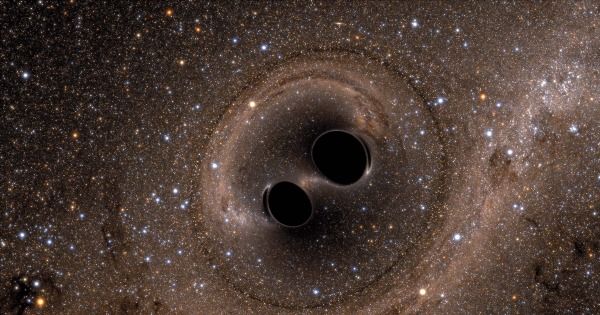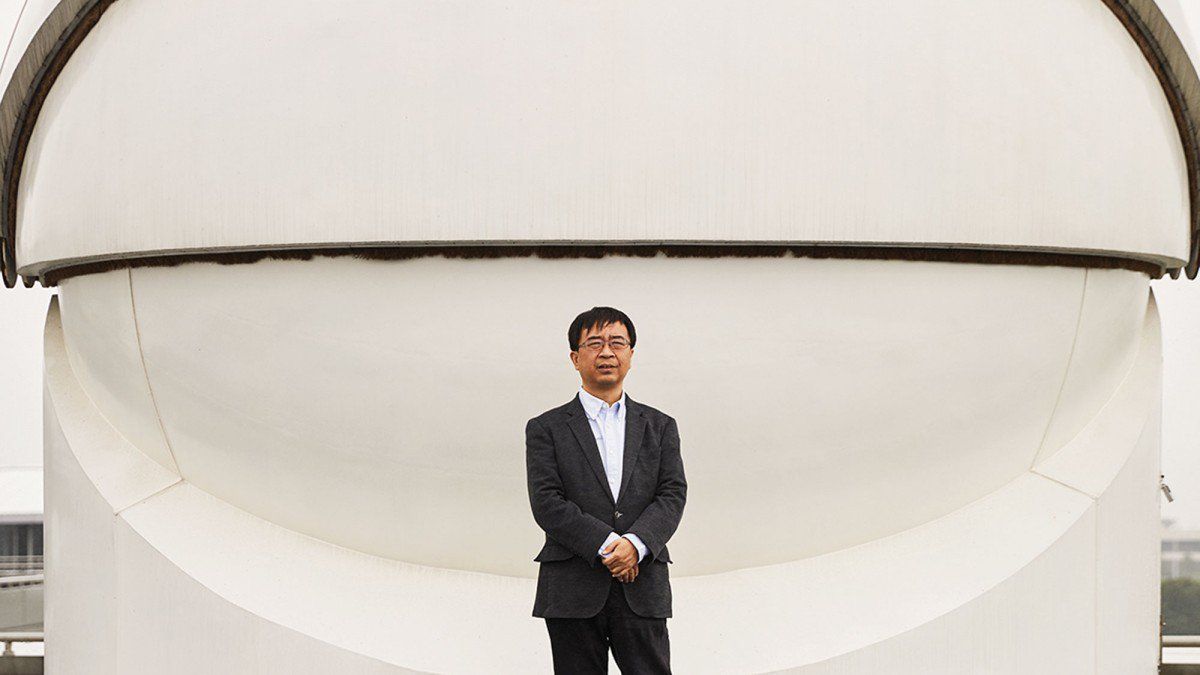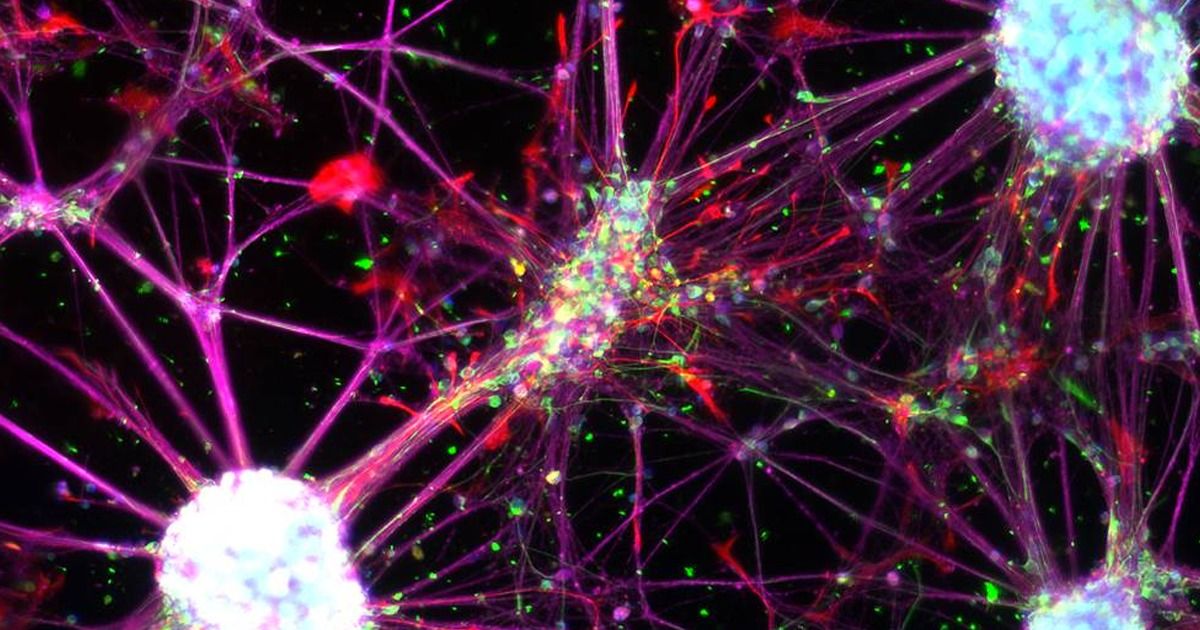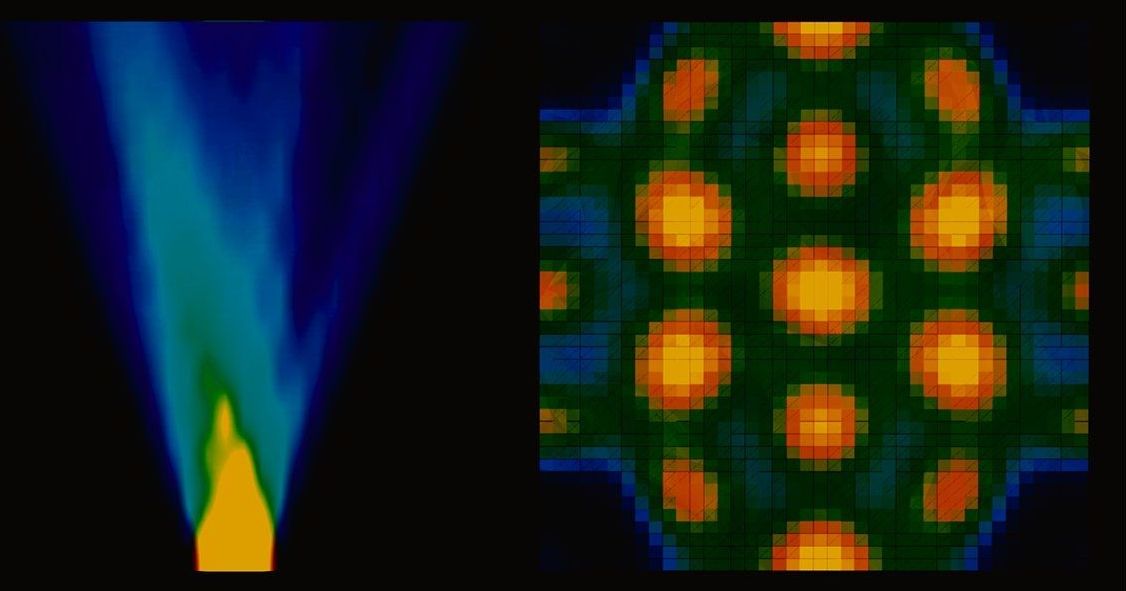Dec 27, 2018
Quantum Communication Just Took a Great Leap Forward
Posted by Alexandros El in categories: internet, quantum physics
Researchers in the field of quantum communication have recently made great strides, taking us closer to a perfectly secure method of communication.
For years, researchers struggled to find ways to amplify quantum signals, store large amounts of quantum data, and allow for more than two nodes in a quantum network. However, in the last two months, solutions to all three of these problems have been found using the bizarre properties of the quantum world, in particular quantum entanglement.
Now that these hurdles have been overcome, quantum networks and even a quantum internet seem like real possibilities.
Continue reading “Quantum Communication Just Took a Great Leap Forward” »


















